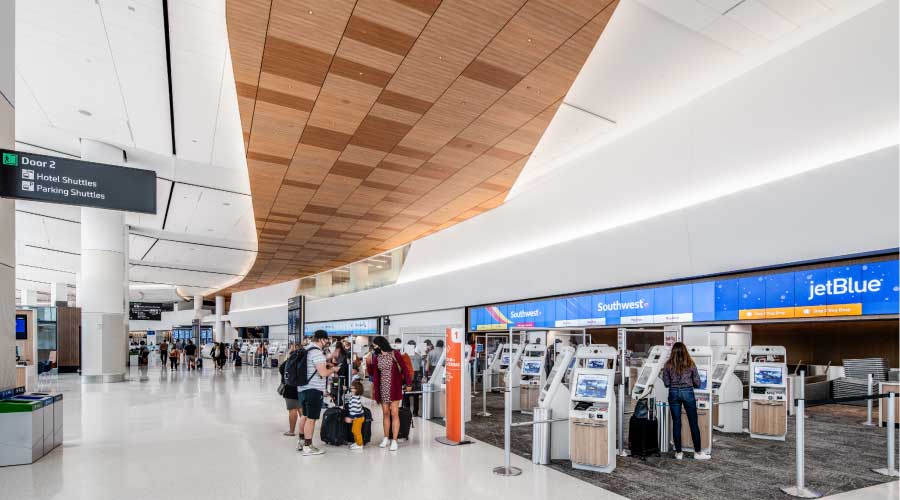LEED Indoor Environmental Quality Tips
Use of conditioned air has been a major problem as far as indoor air quality is concerned. Air conditioning requires the creation of a contained environment. In most cases, that contained air is not changed but recycled. Bacteria, viruses and offensive chemicals dwell in the air.
LEED suggests closely monitoring indoor air. For instance, if carbon dioxide levels get high, air handlers should be programmed to change the air immediately.
Access to daylight and operable windows are also strategies offered that enhance the indoor environmental quality for occupants.
LEED also provides extensive guidance on the use of low volatile organic compound (VOC) materials, including certifications that specify VOC levels for particular products, like carpeting or paints.
Related Topics:

















